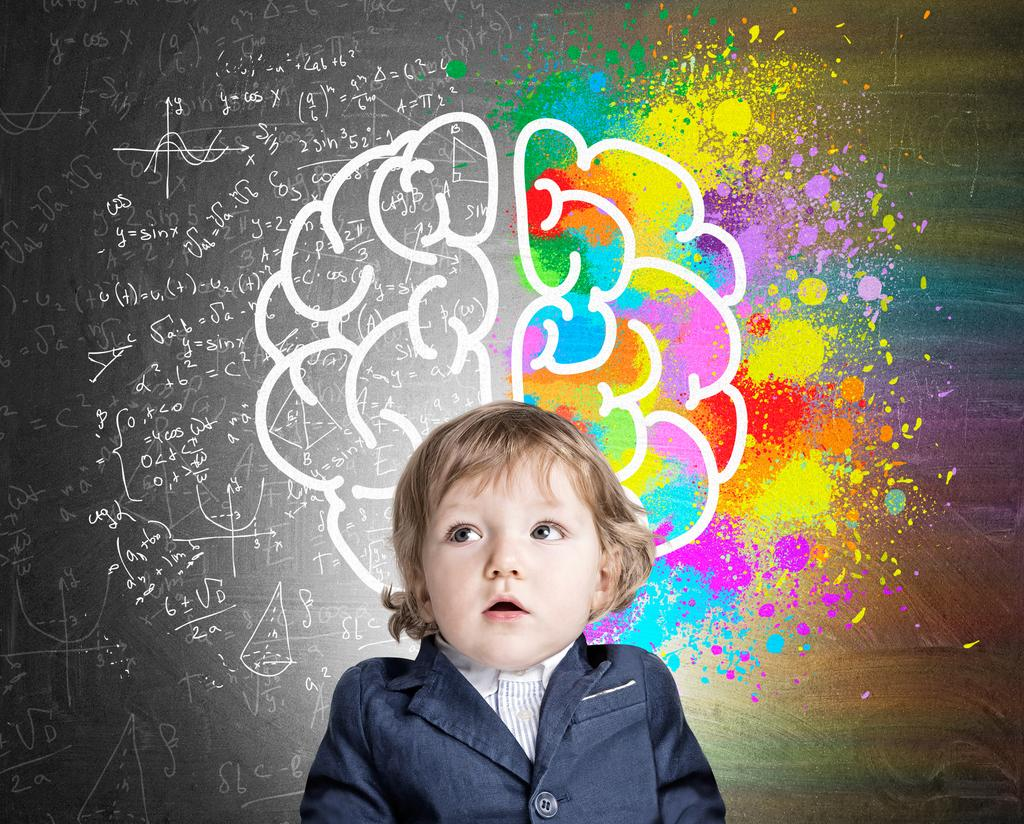Why Do Kids Have So Much Energy? Complete Guide to Understanding Children's Boundless Vitality
Discover the fascinating science behind children's endless energy and learn how storytelling, bedtime stories, and proper understanding can help parents channel this vitality into positive development.

Children's natural energy and enthusiasm for play is one of the most remarkable aspects of child development
The Connection Between Energy and Storytelling
Before we dive deep into the science of children's energy, it's fascinating to note how bedtime stories and storytelling have been used for generations to help channel and calm this boundless vitality. From ancient fairy tales to modern educational stories, parents have intuitively understood that children stories serve as powerful tools for managing energy levels while fostering imagination and learning.
Understanding the Science Behind Children's Endless Energy
Anyone who has spent time around children knows the phenomenon well: kids seem to have an inexhaustible supply of energy that can leave adults feeling exhausted just watching them. From dawn to dusk, children run, jump, play, and explore with an enthusiasm that seems to defy the laws of physics. But why do kids have so much energy compared to adults? The answer lies in a fascinating combination of biological, neurological, and developmental factors that work together to create this remarkable vitality.
Understanding why children possess such boundless energy is not just a matter of scientific curiosity—it's essential knowledge for parents, educators, and caregivers who want to support healthy child development. This comprehensive guide will explore the multifaceted reasons behind children's high energy levels, from their rapidly developing brains to their efficient metabolisms, and how we can use tools like bedtime stories, educational stories, and storytelling to help channel this energy constructively.
Key Insight: Energy as Development
Children's high energy levels aren't just random—they're a crucial part of healthy development. This energy drives exploration, learning, social interaction, and physical growth. Rather than seeing it as something to suppress, we should understand how to guide and channel it effectively through activities like interactive storytelling, adventure stories, and engaging picture books.
The Biological Foundation of Children's Energy
Metabolic Differences: The Engine That Never Stops
One of the primary reasons children have so much energy lies in their fundamentally different metabolism compared to adults. Children's bodies are essentially high-performance engines running at peak efficiency. Their basal metabolic rate—the amount of energy their bodies use just to maintain basic functions—is significantly higher per unit of body weight than that of adults.

Proper nutrition fuels the incredible energy demands of growing children
This metabolic difference exists because children's bodies are in a constant state of growth and development. Every cell in their body is working overtime to build new tissue, strengthen bones, develop neural pathways, and support the rapid physical changes that occur during childhood. This process requires enormous amounts of energy, which their bodies are remarkably efficient at producing and utilizing.
Research has shown that children aged 2-5 years have metabolic rates that are 20-30% higher than adults when adjusted for body size. This means that pound for pound, a child's body is burning through energy at a rate that would leave most adults feeling completely depleted. However, children's bodies have adapted to not only handle this increased energy demand but to thrive on it.
Nutrition Tip for Parents
Understanding your child's high metabolic rate can help you plan better meals and snacks. Children need frequent, nutrient-dense foods to fuel their energy needs. This is also why bedtime stories that incorporate themes about healthy eating, like educational stories about nutrition, can be so valuable in teaching good habits while winding down their energy levels.
Cellular Energy Production: Mitochondrial Powerhouses
At the cellular level, children's energy advantage comes from their mitochondria—the tiny powerhouses within each cell that convert nutrients into usable energy. Children's mitochondria are not only more numerous but also more efficient than those found in adult cells. This mitochondrial advantage allows children to rapidly convert the food they eat into immediate, usable energy.
Additionally, children's bodies are more efficient at processing glucose, their primary fuel source. Their insulin sensitivity is typically excellent, meaning their bodies can quickly and effectively move glucose from their bloodstream into their cells where it can be converted to energy. This efficient glucose processing contributes to their ability to maintain high energy levels throughout the day, even after periods of intense physical activity.
Hormonal Factors: The Chemical Drivers of Energy
Children's energy levels are also significantly influenced by their unique hormonal profiles. Growth hormone, which is produced in much higher quantities during childhood, not only promotes physical growth but also enhances energy metabolism and increases overall vitality. This hormone works in conjunction with other hormones like thyroid hormones to maintain the high metabolic rate necessary for rapid development.

Physical activity is a natural expression of children's biological drive for movement and growth
Another important hormonal factor is the relatively low levels of stress hormones like cortisol in healthy children. While adults often carry chronic stress that can deplete energy reserves, children typically have lower baseline stress levels, allowing their bodies to direct more energy toward growth, play, and exploration rather than stress management.
How Bedtime Stories Help Regulate Energy
This is where the magic of bedtime stories becomes scientifically relevant. The calming routine of storytelling helps regulate cortisol levels and signals the body that it's time to wind down. Fairy tales, magical stories, and gentle animal stories create a peaceful transition from high-energy activities to rest, supporting the natural hormonal cycles that children need for healthy development.
Brain Development and Energy: The Neurological Connection
The Developing Brain's Energy Demands
Perhaps one of the most fascinating aspects of children's energy levels is how closely they're connected to brain development. The human brain undergoes its most dramatic changes during childhood, and this process requires enormous amounts of energy. In fact, the brain of a young child can use up to 50% of their total daily energy expenditure, compared to about 20% in adults.

The rapidly developing brain requires significant energy resources, contributing to children's overall high energy needs
This high brain energy consumption is due to several factors. First, children are constantly forming new neural connections at an astounding rate—up to 1,000 new neural connections per second during peak development periods. Each of these connections requires energy to establish and maintain. Second, the process of myelination—where neural pathways are coated with a fatty substance that speeds up signal transmission—is energy-intensive and occurs rapidly during childhood.
The developing brain also shows different activity patterns compared to adult brains. Neuroimaging studies have revealed that children's brains show more widespread activation during cognitive tasks, suggesting they're using more neural resources and, consequently, more energy to process information and learn new skills.
Neuroplasticity: The Energy Cost of Learning
Children's extraordinary capacity for learning—their neuroplasticity—comes with a high energy price tag. Every new skill they acquire, every word they learn, every social interaction they navigate requires their brains to form and strengthen neural pathways. This constant rewiring and optimization of brain circuits is metabolically expensive but essential for healthy development.
This is why children seem to have endless curiosity and a drive to explore everything around them. Their brains are literally wired to seek out new experiences and information, and this drive manifests as high energy levels and constant activity. The energy they expend running, playing, and exploring is directly supporting their cognitive development and learning.
The Learning-Energy Connection
Understanding that high energy levels support learning helps us see children's behavior in a new light. When kids seem "hyperactive," they may actually be engaging in the kind of active exploration their developing brains need. This is why interactive stories, adventure stories, and educational stories that engage multiple senses can be so effective—they channel natural energy into focused learning experiences.
Attention and Focus: Different Operating Systems
Children's brains also operate with different attention and focus mechanisms compared to adults. While adults have developed the ability to sustain attention on single tasks for extended periods, children's brains are designed for more exploratory, varied attention patterns. This difference in attention systems contributes to their apparent high energy levels.
Children naturally shift their attention frequently, moving from one interesting stimulus to another. This pattern of attention-shifting requires them to be constantly active and engaged with their environment. What adults might interpret as inability to sit still is actually their brains' natural way of gathering the diverse experiences necessary for healthy development.
Physical Development and Motor Skills: Energy in Motion
The Drive for Physical Development
Children's high energy levels are intrinsically linked to their need for physical development. Their bodies have an innate drive to move, explore, and test physical capabilities. This drive serves multiple important developmental purposes: building muscle strength, improving coordination, developing balance, and establishing motor skills that will serve them throughout
